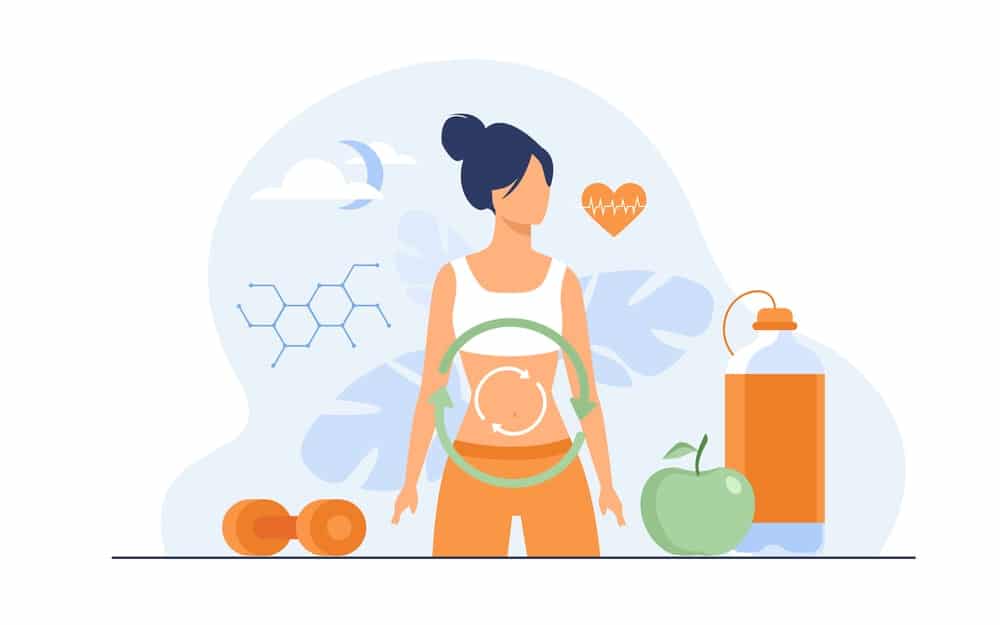Introduction
Table of Contents
- Hormones are the chemical substance/chemical messengers synthesized by endogenous glands and secreted directly into the blood circulation, but only target cells are equipped to respond.
Classification of Hormones
- Chemically Classification of Hormones can be divided into seven major classes.
1. Amino acid derivatives – Dopamine, Catecholamine, Thyroid hormone.
2. Neuropeptides – Gonadotropin-releasing hormone, Somatostatin.
3. Simple proteins – Corticotropin (ACTH).
4. Large proteins – Insulin, Luteinising hormone (LH), Parathyroid hormone (PTH).
5. Glycoprotein – Thyroid-stimulating hormone (TSH).
6. Steroids – Cortisol, Estrogen, Progesterone, Glucocorticoids.
7. Vitamins – Vitamine D.
- The hormones also can be divided into two general classes based on their solubility in water.
- The water-soluble – amine (epinephrine) and peptide/protein hormones.
- The lipid-soluble hormones – thyroid hormone, steroid hormones, and Vitamin D3.

Functions of Hormones:
- Growth and differentiation.
- Maintenance of Homeostasis.
- Regulation and integration of reproductive function.
Hormone Receptors
- Hormone receptors are divided into 3 classes.
1. Membrane receptor:
- Mainly neuropeptide hormone and catecholamine bind with membrane receptors.
- There are several types of membrane receptors:
- G-protein coupled receptor – NE, E, DA, FSH, LH, PTH, ACTH (through adenylatecAMP system), Oxytocin, vasopressin (through the phospholipase-C-inositol system.
- Tyrosine-kinase receptor – Insulin, growth hormone, growth factor.
- Cytokine receptor – Prolactin and growth factor.
- Serine kinase receptor – transforming growth factor-β, bone morphogenic protein.
2. Cytosolic receptors:
For steroidal hormones (glucocorticoids, mineralocorticoids, estrogens, progestins, and androgens.
3.Nuclear receptors:
For Thyroid hormones T3 and T4.
Source of Hormones
Natural Human: (GH; LH and FSH; hCG); Animal (insulin, T3 and T4.
Biosynthetic: Insulin (porcine and bovine)
Synthetic Most hormones and their antagonists by DNA recombinant technology.
Make sure you also check our other amazing Article on : The Pituitary Gland